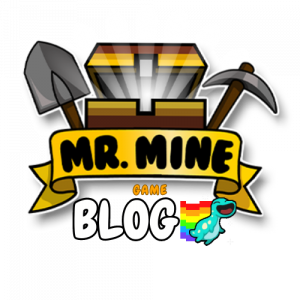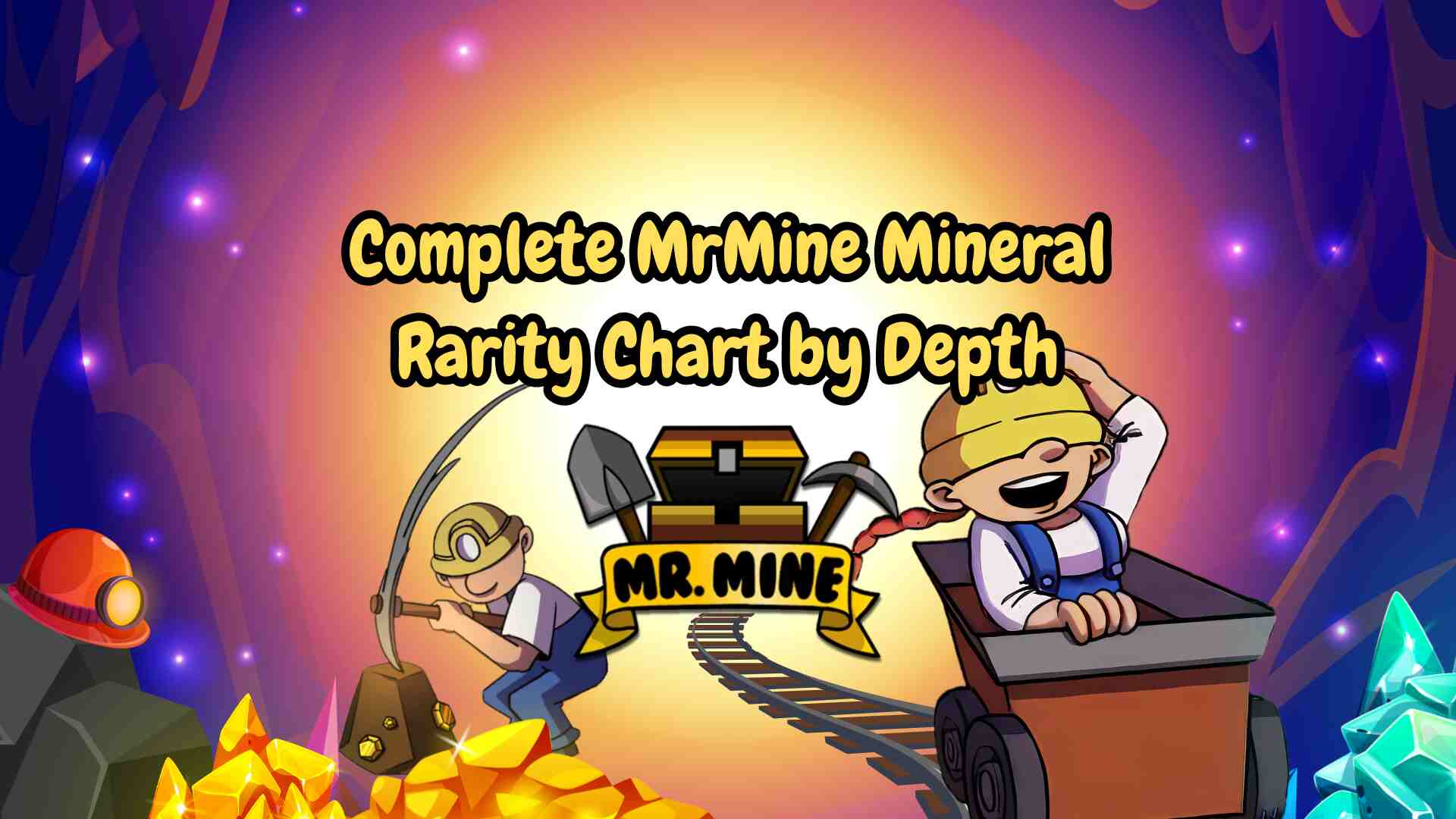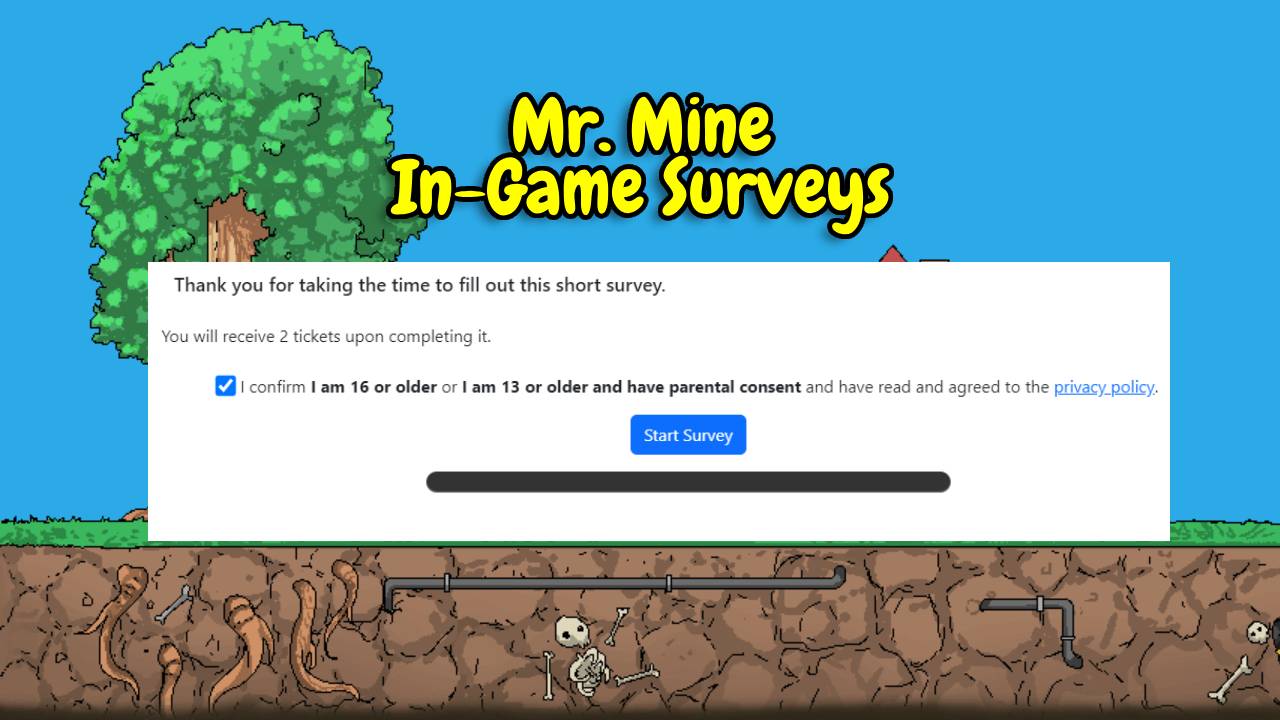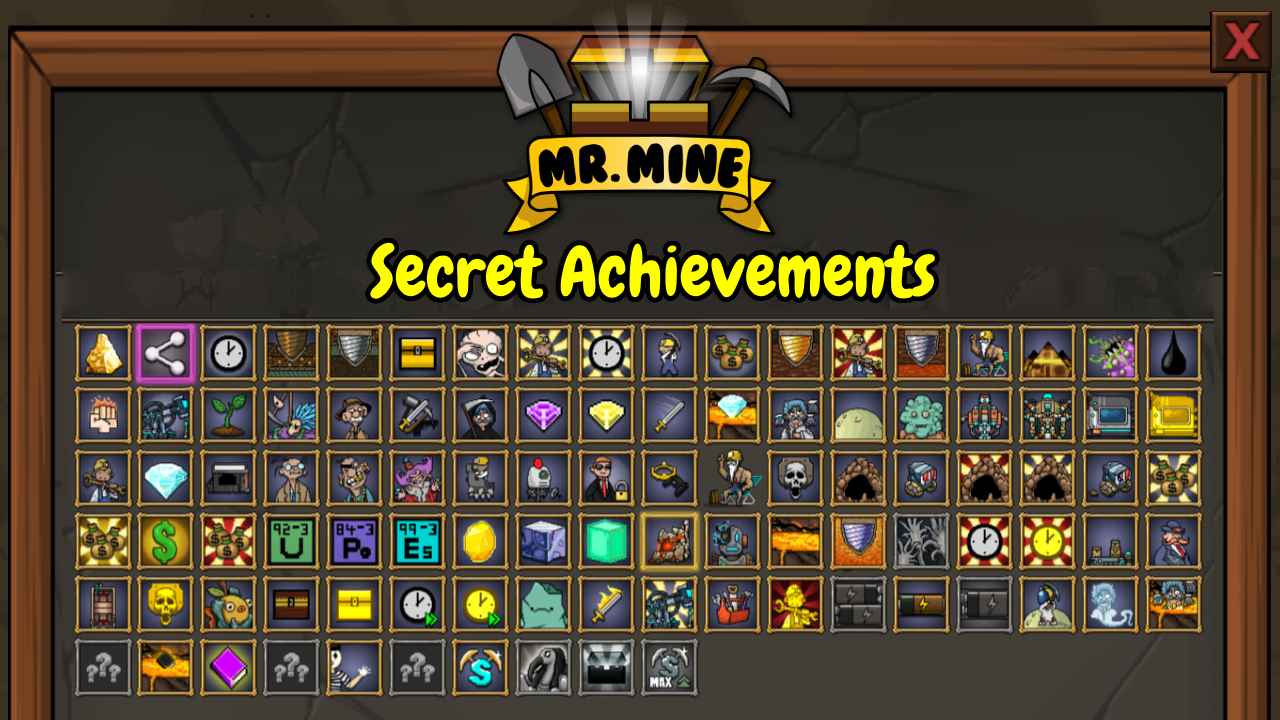At first glance, Mr. Mine looks like a simple idle clicker—just dig, upgrade, repeat.
But beneath the surface, this free mining game does something unexpected: it teaches players about geology, resource management, and even economics, all wrapped in an addictive gameplay loop.
Developed by Playsaurus, Mr. Mine is one of the geology games that starts as a casual dig-and-upgrade experience.
As you drill deeper, it quietly mirrors how the Earth’s crust works. This geology game introduces players to real minerals, geologic layers, and the challenges of extraction along the way.
What Makes Mr. Mine a Great Geology Game
What sets Mr. Mine apart from other idle games is its attention to scientific detail, especially in how it presents the Earth’s hidden treasures.
Let’s dig into two ways it does that.
Realistic Resource Progression
In Mr. Mine, you begin with easily accessible resources like coal and copper.
As you dig deeper, the game introduces rarer materials like gold, uranium, and eventually californium, found more than 300 kilometers underground.
This progression isn’t just for game balance; it reflects how Earth’s resources are actually layered, with heavier and more valuable elements buried deeper in the crust.
Without realizing it, players are learning how geologic processes shape mineral distribution.
In-Game Minerals vs. Real World
The resources you mine in Mr. Mine aren’t made up; they’re modeled after real materials with real applications.
Early-game minerals like coal power your operations, just as they’ve fueled industries for centuries.
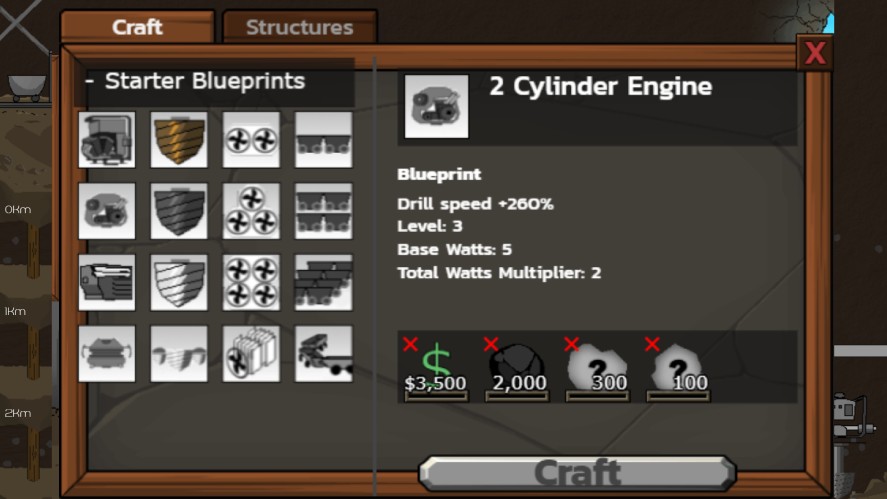
Gold appears around the 17km mark, prized both in-game and in global markets. Uranium, an isotope that shows up later, mirrors its role in nuclear energy.
These grounded references help players make connections between what they see in the geology game and the real-world importance of these resources.
Layered Learning: How the Game Mirrors Geology
Beyond individual resources, Mr. Mine gives players a hands-on look at how the Earth itself is layered. The gold miners game subtly delivers science lessons through progression and challenge.
Earth’s Stratification Through Depth
As you dig deeper, Mr. Mine reveals a subtle lesson in Earth’s geological layers.
The first few kilometers are packed with basic minerals, but push past 100km and you’ll find blue obsidian and titanium.
The deepest levels hold materials that are rare and valuable, much like Earth’s mantle, where pressure and time have created unique geological formations.
This structured depth progression isn’t just gameplay; it’s a visual and mechanical representation of Earth’s stratification.
Geological Rarity and Distribution
The deeper you dig in this game where you dig for minerals, the harder the resources are to find, and the better your equipment needs to be.
This mirrors real-world mining, where deeper extraction comes with higher costs and more complex technology.
Players must invest in better drills and automation to reach rare minerals, which naturally teaches the concept of geological scarcity and resource distribution.
Teaching Economic and Scientific Concepts in Geology Games
What’s even more impressive is how miners games like Mr. Mine weave basic economic and scientific principles into their systems, offering players more than just resource collection.
Scarcity and Value Mechanics
One of the most intuitive economic lessons in Mister Mine is how rarity drives value.
Early-game coal sells for a measly $1 per unit, but if you manage to uncover diamonds or uranium at deeper levels, you’re looking at hundreds in return.

This simple supply-and-demand mechanic reinforces the idea that scarcity increases worth—a foundational economic principle, delivered through gameplay.
Automation as a Mining Concept
As players advance, they unlock upgrades like automated drills, drones, and worker bots.
These aren’t just quality-of-life features; they echo how modern mining operations improve efficiency through automation.
By managing these systems, players get a glimpse into real-world strategies for resource extraction and operational scaling.
Beyond Rocks in Geology Games: Exploration, Caves, and the Core
Mr. Mine doesn’t stop at surface-level science.
As players venture deeper, the miner game introduces mysterious caves and a powerful mechanic that expands both the gameplay and the metaphorical ties to Earth’s geology.
Caves as Ecosystems
Scattered throughout the depths are randomly generated caves filled with resources, temporary buffs, and hidden surprises.
These cave encounters reward exploration and reflect the unpredictability of field geology. Players must choose whether to dive into a cave for potential gain or play it safe and keep digging.
It’s a simple but effective way to simulate the thrill and risk of real-world exploration.
The Core and Its Role
At 501 kilometers deep, players encounter The Core, a game-changing zone that introduces sacrifice mechanics.

Here, players trade their minerals, relics, or scientists for long-term upgrades.
It’s more than a gameplay twist; it acts as a symbolic boundary. Just like the Earth’s core, it’s the deepest point of human reach in the mine game, representing both the power and limits of mining.
This mechanic forces players to think critically about trade-offs and sustainability, echoing real-world concerns in resource extraction.
RPG and Boss Mechanics Add Depth
While Mr.Mine is technically a clicker game, it borrows heavily from RPG and strategy elements. This brings in tension and decision-making that make every dig matter.
Risk and Resource Management
Monsters and bosses appear at various depths, adding tension and consequences to the dig.
Players must strategize, balancing between gathering resources and surviving encounters.
This layer of gameplay mimics real-life challenges in geology and mining, where danger, investment, and risk are part of the process.
It’s not just about digging deeper, but digging smarter.
Educational Takeaways
All of this adds up to something you might not expect from a free idle game: real, memorable lessons about geology and resource science, taught subtly through play.
What Players Learn in Geology Games Without Realizing
As players progress, they absorb concepts like stratigraphy (the study of rock layers) and mineral economics, like how scarcity affects value.
They begin to understand how different elements appear at different depths and why some are rarer than others.
The inclusion of real-world minerals with accurate characteristics reinforces this learning.
In essence, MrMine turns gameplay into a passive learning experience for budding geologists and curious minds alike.
Conclusion
Mr. Mine is more than a time-killer. It’s a deceptively deep geology game online that teaches geology, economics, and strategy through play.
For players looking to unearth more than just virtual minerals, it’s a hidden gem among free geology games that rewards both curiosity and critical thinking.
Whether you’re a student, a gamer, or someone who loves to learn while having fun, Mr. Mine is worth the dig.

